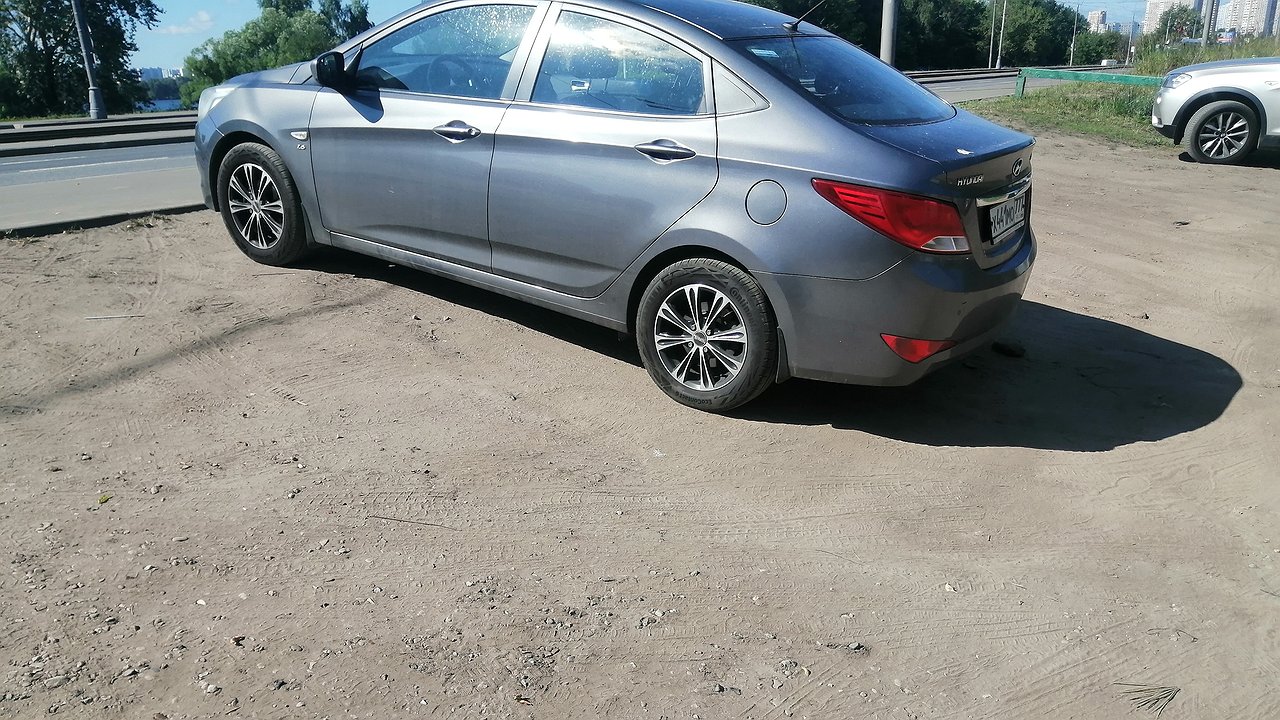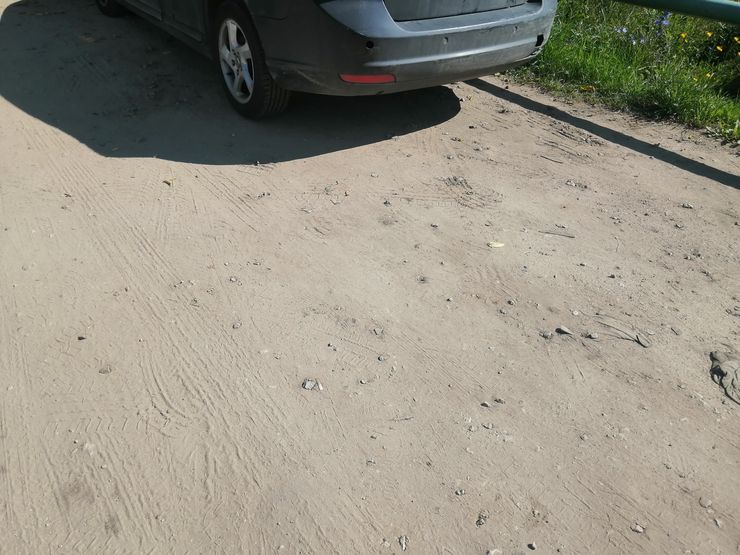Will I be fined for parking in a gravel parking lot in a recreational area
- July 10, 2023
- 0
In the summer, city dwellers who have not been on vacation tend to at least go on vacation somewhere, but closer to nature, flocking by car to recreational
In the summer, city dwellers who have not been on vacation tend to at least go on vacation somewhere, but closer to nature, flocking by car to recreational

During the mass exodus to nature in summer, most of the citizens, suffering from the shade of trees, green grass and the coolness of water bodies, have to improvise in search of places for temporary parking of their cars. But here the ‘fining’ for improper parking near a recreational area or an urban ‘special protected natural area’ can sometimes be completely unexpected.
Near locations, which are characterized by a massive accumulation of people and cars, there is always some kind of spontaneous parking. As a rule, these are “patch spots” near some economic and administrative buildings, electrical substations, technological “pockets” on the roads, passages to various types of structures, and so on. Often such places are devoid of hard ground, as they are not designed for heavy traffic. And in this seemingly insignificant fact, there is a catch in connection with fines.
Recall that, for example, in Moscow for parking on the lawn, the car owner will be fined 5,000 rubles. Other cities have similar penalties. When it comes to the area adjacent to the river, the idea of leaving the car in a dirt parking lot and going to the sparkling water a hundred meters away can turn into a penalty of 3000-4500 ₽ under art. 8.42 of the Code of Administrative Offenses – for parking in a water protection area.
For a river 50 kilometers long, the width of this water protection zone is 200 meters from the water’s edge and for example the sea even 500 meters! We have fines for such violations. An environmental inspector or a municipal official (and in Moscow in general, any loafer with a special application on a personal smartphone!) Takes a photo of a parked car and that’s it! An order subject to periodic penalty payments is drawn up on the basis of this photo.
As a rule, the visual confirmation of the fact that the car is parked outside the asphalt is considered the main sign of an offense. Is there no stone chips under the car? So is it a lawn or just a nature reserve. At the same time, no one cares that there is not a single green blade of grass under the wheels and that the car treads on dead clay that has been tamped into concrete. It is only possible to appeal against such a fine at the expense of time and resources spent in court. And then only if it is possible to document that you have parked, albeit on the ground, but not on the territory of something natural and grassy.
Similar data can be obtained from the cadastral maps of the area. Therefore, when planning to park a car in a “questionable” place from the point of view of a fine, you must first find your chosen location on a public cadastral map posted on the Rosreestr website. And make sure that the spot you’ve chosen, trampled in the dust “where all the cars are parked,” isn’t a flower garden or part of a dense forest, according to the papers.

During the mass exodus to nature in summer, most of the citizens, suffering from the shade of trees, green grass and the coolness of water bodies, have to improvise in search of places for temporary parking of their cars. But here the ‘fining’ for improper parking near a recreational area or an urban ‘special protected natural area’ can sometimes be completely unexpected.
Near locations, which are characterized by a massive accumulation of people and cars, there is always some kind of spontaneous parking. As a rule, these are “patch spots” near some economic and administrative buildings, electrical substations, technological “pockets” on the roads, passages to various types of structures, and so on. Often such places are devoid of hard ground, as they are not designed for heavy traffic. And in this seemingly insignificant fact, there is a catch in connection with fines.
Recall that, for example, in Moscow for parking on the lawn, the car owner will be fined 5,000 rubles. Other cities have similar penalties. When it comes to the area adjacent to the river, the idea of leaving the car in a dirt parking lot and going to the sparkling water a hundred meters away can turn into a penalty of 3000-4500 ₽ under art. 8.42 of the Code of Administrative Offenses – for parking in a water protection area.
For a river 50 kilometers long, the width of this water protection zone is 200 meters from the water’s edge and for example the sea even 500 meters! We have fines for such violations. An environmental inspector or a municipal official (and in Moscow in general, any loafer with a special application on a personal smartphone!) Takes a photo of a parked car and that’s it! An order subject to periodic penalty payments is drawn up on the basis of this photo.
As a rule, the visual confirmation of the fact that the car is parked outside the asphalt is considered the main sign of an offense. Is there no stone chips under the car? So is it a lawn or just a nature reserve. At the same time, no one cares that there is not a single green blade of grass under the wheels and that the car treads on dead clay that has been tamped into concrete. It is only possible to appeal against such a fine at the expense of time and resources spent in court. And then only if it is possible to document that you have parked, albeit on the ground, but not on the territory of something natural and grassy.
Similar data can be obtained from the cadastral maps of the area. Therefore, when planning to park a car in a “questionable” place from the point of view of a fine, you must first find your chosen location on a public cadastral map posted on the Rosreestr website. And make sure the spot you’ve chosen, trampled in the dust “where all the cars are parked,” isn’t a flower garden or part of a dense forest, according to the papers.
Source: Avto Vzglyad
Donald Salinas is an experienced automobile journalist and writer for Div Bracket. He brings his readers the latest news and developments from the world of automobiles, offering a unique and knowledgeable perspective on the latest trends and innovations in the automotive industry.